Muscle Soreness Causes, Remedies, and Prevention Tips. Exercise, especially high-intensity or new activities, can cause muscle soreness. This article explores causes and offers remedies, including pain relief and alternative therapies. Learn how to minimize soreness and promote recovery with preventive measures. Whether you’re new or experienced, our guide can help you enjoy the benefits of physical activity.
How to Relieve Sore Muscles After a Workout
Regular exercise helps maintain physical fitness and overall health, but can leave muscles sore. This discomfort is a natural part of muscle-building, but can make it challenging to continue your routine. Luckily, there are remedies to relieve sore muscles after a workout. This article covers the causes of muscle soreness and offers options to manage and prevent pain. These include non-prescription pain relief, alternative therapies, and preventive measures. Whether you’re a seasoned athlete or new to exercise, this guide will help you take care of your muscles.
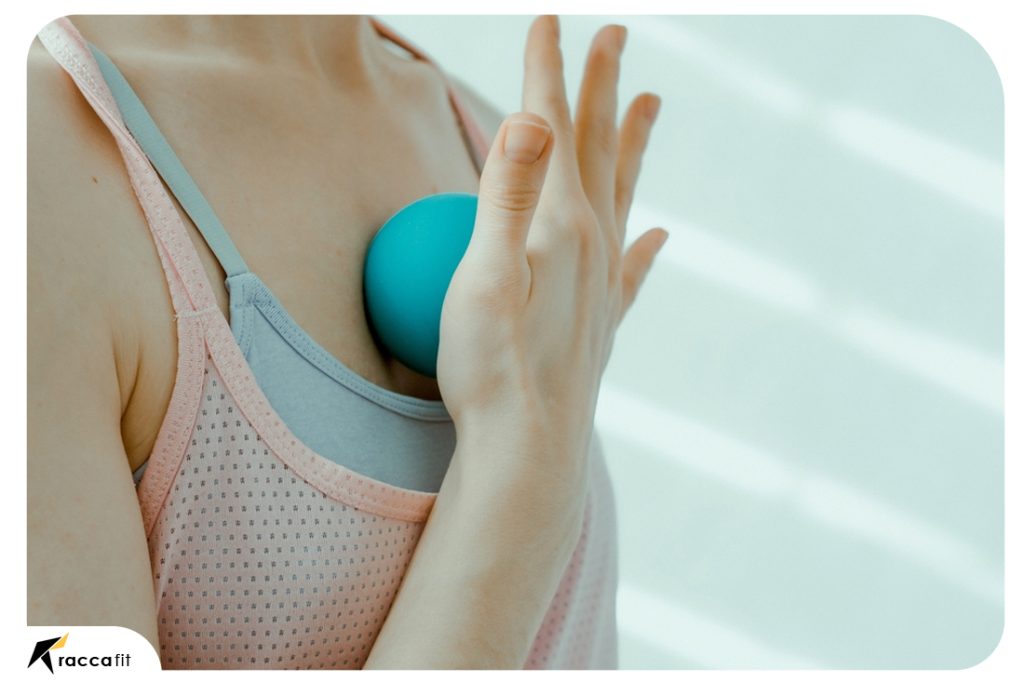
Tips and Remedies for Muscle Soreness
- Stretching: Stretching is an effective way to relieve sore muscles after a workout. When you stretch, you increase blood flow to the affected muscles, which can help to reduce pain and stiffness. Try to incorporate stretching exercises into your warm-up and cool-down routines.
- Massage: Massage is another effective way to relieve sore muscles. You can use a foam roller or massage ball to apply pressure to the affected muscles, which can help to improve blood flow and reduce muscle tension.
- Ice: Applying ice to sore muscles can help to reduce inflammation and swelling, which can in turn help to relieve pain and discomfort. Use a cold pack or ice pack wrapped in a towel, and apply it to the affected area for 10-15 minutes at a time.
- Heat: Heat can also be effective in relieving sore muscles. Use a heating pad or take a warm bath to relax tense muscles and improve blood flow. Be careful not to apply heat for too long, as this can cause further inflammation.
- Hydration: Drinking plenty of water is important for overall health, but it can also help to relieve sore muscles. Staying hydrated can improve blood flow and help to flush out toxins that can cause muscle pain and stiffness.
- Rest: Rest is essential for muscle recovery. Taking a break from workouts can help sore muscles recover. Listen to your body.
- Over-the-counter remedies: Over-the-counter pain relievers like ibuprofen or acetaminophen can also help to reduce muscle pain and inflammation. Be sure to follow the recommended dosage. talk to your doctor if you have any concerns about taking these medications.
Understanding Muscle Soreness
Muscle soreness, also known as delayed onset muscle soreness (DOMS), is a common condition experienced by many people after engaging in physical activity. It is a type of pain that typically occurs 24-72 hours after exercise and can last for several days. While muscle soreness is a natural part of the muscle-building process, it can be uncomfortable and even make it difficult to continue with physical activity. There are many different causes of muscle soreness, and understanding these causes can help individuals take preventative measures to reduce the severity of the condition.
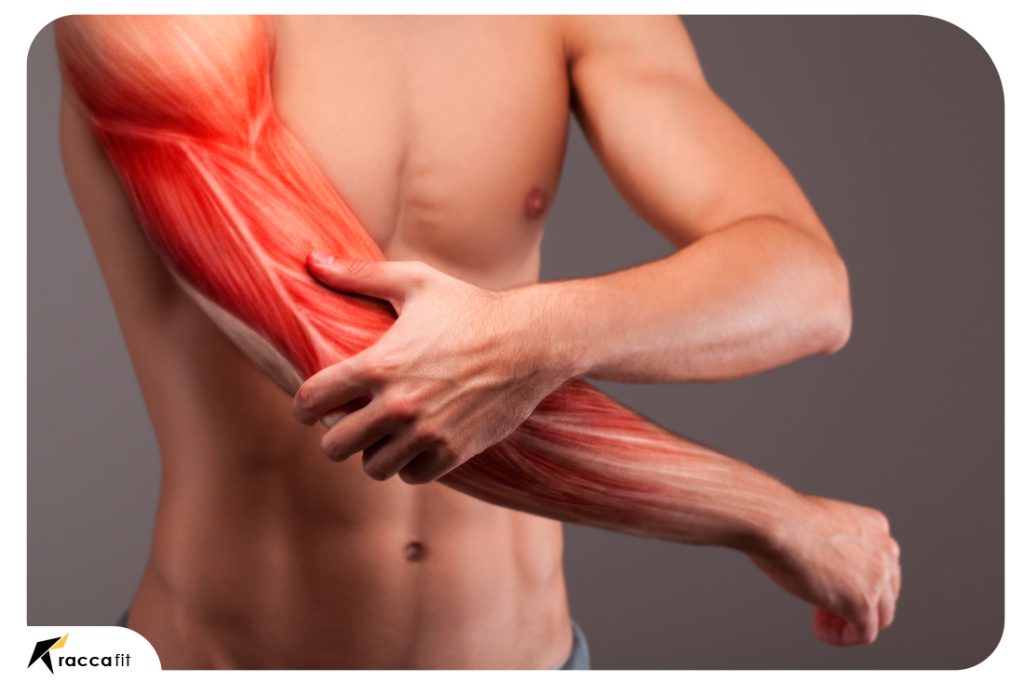
Muscle Soreness Causes and Symptoms
One of the most common causes of muscle soreness is exercise-induced muscle damage. This type of damage occurs when muscles are subjected to intense physical activity, such as weight lifting or running. The repeated contractions of the muscles can cause microscopic tears in the muscle fibers, resulting in inflammation and soreness. The degree of damage depends on the intensity and duration of the exercise, as well as the individual’s fitness level and training status.
Another common cause of muscle soreness is metabolic stress. This type of stress occurs when the body is deprived of oxygen during exercise, leading to the accumulation of waste products like lactic acid in the muscles. This buildup can cause fatigue, weakness, and soreness in the affected muscles.
Poor nutrition can also contribute to muscle soreness. Without proper fuel, the body may not have the energy it needs to perform physical activity, leading to fatigue and soreness. Additionally, inadequate consumption of essential nutrients like protein, carbohydrates, and electrolytes can impair muscle recovery, leading to prolonged soreness.
Dehydration is another common cause of muscle soreness. When the body is dehydrated, the muscles may not receive the nutrients and oxygen they need to function properly, leading to fatigue and soreness. Dehydration can also impair the body’s ability to regulate temperature, leading to overheating and further muscle damage.
Overuse and overexertion can also cause muscle soreness. This occurs when muscles are subjected to repetitive stress or physical activity without adequate rest or recovery time. This type of overuse can lead to muscle fatigue, inflammation, and soreness.
Medical Causes of Muscle Soreness
Muscle soreness can result from exercise, but other factors such as medical conditions can also cause pain and weakness. In this article, we will discuss some of the medical conditions can cause muscle soreness.
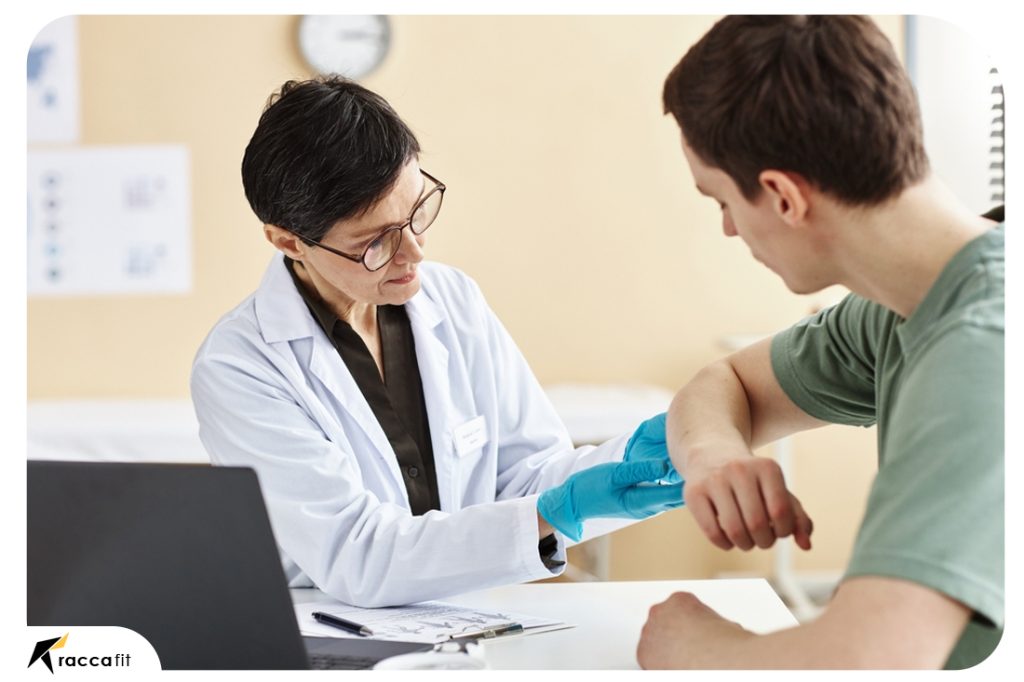
Medical Conditions that Cause Muscle Soreness
Infections:
Infections such as the flu and pneumonia can cause muscle soreness as a symptom. The body’s immune system responds to the infection by releasing inflammatory chemicals, which can cause pain and inflammation in the muscles.
Autoimmune Diseases:
Autoimmune diseases such as lupus and rheumatoid arthritis can also cause muscle soreness. These diseases occur when the immune system mistakenly attacks healthy tissues, including muscles, leading to pain and weakness.
Genetic Disorders:
Genetic disorders such as muscular dystrophy can cause muscle soreness. These disorders cause the muscles to weaken and deteriorate over time, leading to chronic pain and discomfort.
Fibromyalgia:
Fibromyalgia is a chronic pain disorder that can cause widespread muscle pain and tenderness. This condition can make even simple movements and activities painful.
Chronic Fatigue Syndrome:
Chronic fatigue syndrome is a condition that causes persistent fatigue that is not relieved by rest. It can also cause muscle pain and weakness, as well as headaches and other symptoms.
Polymyositis:
Polymyositis is an inflammatory disease that causes muscle weakness and pain, particularly in the hips, shoulders, and neck.
Multiple Sclerosis:
Multiple sclerosis is a neurological condition that affects the central nervous system. It can cause muscle pain, stiffness, and weakness, as well as other symptoms such as numbness, tingling, and difficulty with coordination.
Hypothyroidism And Anemia
Hypothyroidism: Hypothyroidism is a condition where the thyroid gland does not produce enough thyroid hormones. This can lead to muscle weakness and pain, as well as fatigue and other symptoms.
anemia: is another medical condition that can cause muscle soreness. Anemia occurs when there are not enough red blood cells in the body, which can lead to a reduced supply of oxygen to the muscles. This can cause muscle weakness and pain, as well as fatigue, dizziness, and other symptoms. Anemia can be caused by a variety of factors, including iron deficiency, vitamin deficiency, and certain chronic diseases.
Medications that Cause Muscle Soreness
Statins:
Statins are medications that are commonly used to treat high cholesterol. These medications work by inhibiting the production of cholesterol in the liver, but they can also interfere with the production of a substance called coenzyme Q10, which is important for muscle function. This can lead to muscle pain and weakness, especially in individuals who are already physically active.
Corticosteroids:
Corticosteroids are medications used to treat inflammation. They work by reducing the body’s immune response, which can help reduce pain and swelling. However, long-term use of corticosteroids can cause muscle weakness and soreness.
Antipsychotic Medications:
Antipsychotic medications are used to treat conditions such as schizophrenia and bipolar disorder. These medications can cause muscle rigidity and stiffness, which can lead to muscle soreness and discomfort.
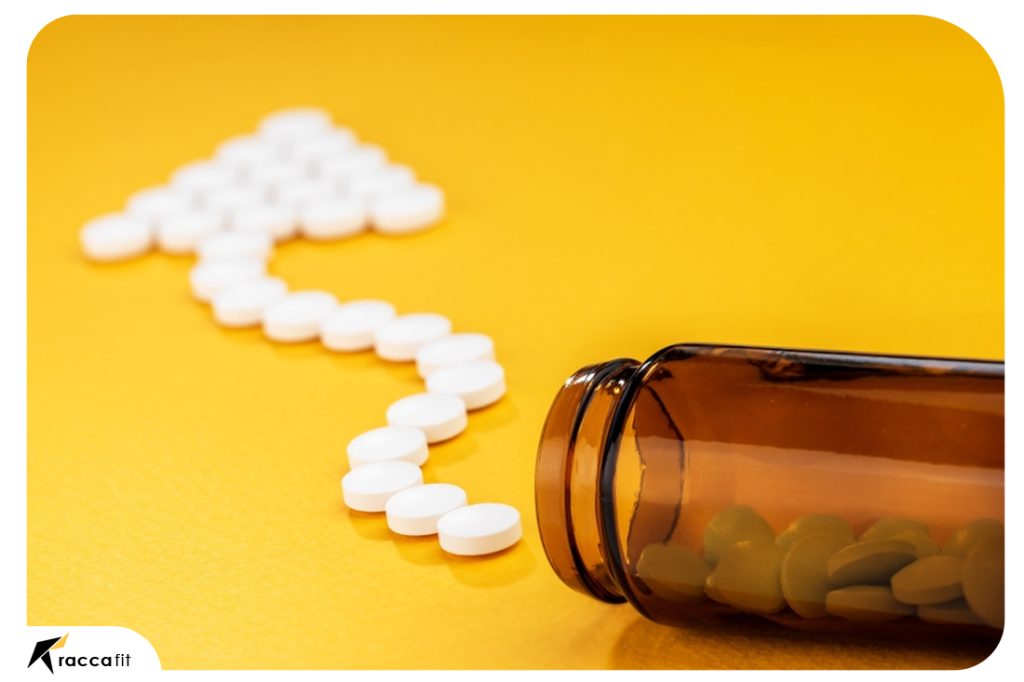
Non-Prescription Pain Relief: What to Know
Muscle pain and soreness can be a common occurrence after a strenuous workout or physical activity. While rest and recovery are essential for allowing the muscles to heal, many individuals turn to over-the-counter pain relief options to alleviate discomfort. However, it’s essential to understand the different types of non-prescription pain relief and the potential risks and side effects associated with their use.
- Acetaminophen: Acetaminophen is a common over-the-counter pain relief medication. It’s often used to treat mild to moderate pain and fever. However, it is not effective at reducing inflammation. Acetaminophen is generally considered safe when taken in the recommended doses. However, overdosing on acetaminophen can cause serious liver damage.
- Nonsteroidal Anti-Inflammatory Drugs (NSAIDs): NSAIDs, such as ibuprofen, aspirin, and naproxen, are used to treat pain and inflammation. They work by blocking the production of prostaglandins, which are chemicals in the body that cause inflammation and pain. While NSAIDs can be effective at relieving pain, they can cause side effects such as stomach upset, ulcers, and bleeding. They may also interact with other medications and can be dangerous for those with certain medical conditions, such as kidney disease.
- Topical Analgesics: Topical analgesics, such as creams and gels, are applied directly to the skin over the affected area. They work by numbing the area and reducing pain and inflammation. These products can be effective for localized pain relief, such as sore muscles and joints. However, they should not be used on broken skin or near the eyes or mouth.
- Herbal Supplements: Some individuals turn to herbal supplements, such as turmeric and ginger, for pain relief. While some herbs may have anti-inflammatory and pain-relieving properties, it’s important to note that these supplements are not regulated by the FDA and may interact with other medications.
Remember to Speak to Your Healthcare Provider
It’s essential to talk to a healthcare provider before taking any over-the-counter pain relief medication, particularly if you have underlying medical conditions. Additionally, it’s important to follow the recommended dosage and not exceed the maximum daily limit. Using non-prescription pain relief as a long-term solution to chronic pain or injury may not be the most effective approach and could mask the underlying problem.
Alternative Therapies for Muscle Pain
Alternative therapies can provide a complementary approach to traditional treatments for muscle pain. These therapies can help to alleviate pain, reduce inflammation, and promote relaxation and healing. Here are some alternative therapies for muscle pain:
- Massage Therapy: Massage therapy can help to reduce muscle tension and soreness. It can also promote relaxation and increase blood flow to the affected area, which can speed up the healing process. A massage therapist can apply different techniques, including deep tissue massage, trigger point therapy, and myofascial release, depending on the specific needs of the individual.
- Acupuncture: Acupuncture is a traditional Chinese medicine technique that involves the insertion of thin needles into specific points on the body. This practice is believed to help release tension and reduce pain by stimulating the body’s natural healing processes.
- Chiropractic Care: Chiropractors use manual manipulation to help improve joint and muscle function, reduce pain, and promote healing. They may use a combination of spinal adjustments, soft tissue work, and other therapies to help alleviate muscle pain and discomfort.
- Yoga: Yoga combines physical postures, breathing techniques, and meditation to promote relaxation, increase flexibility, and reduce stress. It can be particularly helpful for individuals with chronic muscle pain.
- Physical Therapy: Physical therapy can help to improve muscle function, reduce pain, and prevent further injury. A physical therapist can work with individuals to develop a customized treatment plan that includes targeted exercises, stretches, and other therapies.
Rest and avoid putting excessive strain on your muscles
- Resting the Painful Area: A Simple Way to Manage Muscle Pain One of the simplest ways to manage muscle pain is to rest the affected area. Allowing the muscle to rest can help reduce inflammation and prevent further damage, allowing the muscle to heal more quickly. It’s important to listen to your body and not push through pain, as this can worsen the injury and prolong the healing process.
- Low-Impact Activities: A Great Alternative for High-Impact Activities Engaging in low-impact activities such as swimming, cycling, or yoga can be a great alternative to high-impact activities like running or weight lifting. Low-impact activities can help to improve blood flow to the affected area, reduce pain and tension, and promote healing. It’s important to choose activities that don’t aggravate the injury and gradually increase the intensity as the muscle heals.
- Avoiding Weight-Bearing Exercises: A Key Step in Muscle Pain Management If you’re experiencing muscle pain, avoiding weight-bearing exercises or reducing the weight lifted during exercises can be an important step in the healing process. This can help prevent further muscle damage and allow the muscle to heal. It’s important to talk to a healthcare provider or a certified personal trainer to develop a customized exercise plan that is safe and appropriate for your specific needs.
It’s important to note that alternative therapies should not replace traditional medical treatments, particularly for serious injuries or conditions. However, they can be used as a complementary approach to traditional treatments to help alleviate pain and promote healing. It’s essential to talk to a healthcare provider before starting any alternative therapy to ensure that it’s safe and appropriate for your specific needs.

The Importance of Proper Warm-Up and Gradual Progression
- Proper Warm-Up: A good warm-up routine is essential for preventing injury and reducing muscle soreness. It helps to prepare your body for exercise by increasing blood flow to your muscles, raising your body temperature, and loosening up your joints. A proper warm-up also helps to mentally prepare you for your workout, getting you in the right headspace to give it your all. A good warm-up should last at least 5-10 minutes and include some light cardio, dynamic stretching, and/or mobility exercises that mimic the movements you’ll be doing during your workout.
- Gradual Progression: When starting a new exercise routine or increasing the intensity of your workouts, it’s important to do so gradually. Your muscles and joints need time to adapt to the new demands you’re placing on them, and trying to do too much too soon can lead to injury, fatigue, and muscle soreness. Gradual progression means increasing the weight, reps, or duration of your workouts gradually over time. For example, if you’re starting a weightlifting routine, begin with light weights and a few sets, and gradually increase the weight and sets over time. If you’re training for a race, gradually increase the distance and intensity of your runs over several weeks or months.
By taking the time to properly warm up and progress gradually, you can help prevent injury and reduce muscle soreness, allowing you to achieve your fitness goals safely and effectively. Remember to always listen to your body and adjust your routine as needed to avoid overtraining and burnout. We can help you to build a workout plan tailored to your goals, preferences, schedule, and available equipment in this page.
Nutrition and Hydration for Muscle Recovery
Nutrition and hydration play a critical role in muscle recovery after exercise. Here are some details on why they are important and how you can optimize your diet and hydration to help your muscles recover:
- Protein: Protein is essential for repairing and building muscles. Consuming protein after a workout can help reduce muscle soreness and speed up the recovery process. Aim to consume around 20-30 grams of high-quality protein within 30 minutes of finishing your workout. Good sources of protein include lean meats, fish, poultry, eggs, dairy products, beans, and legumes.
- Carbohydrates: Carbohydrates are the primary fuel source for your muscles during exercise. Consuming carbohydrates after a workout can help replenish glycogen stores and provide your muscles with the energy they need to recover. Aim to consume a mix of complex and simple carbohydrates, such as fruits, vegetables, whole grains, and sports drinks.
- Hydration: Staying properly hydrated is essential for optimal muscle recovery. Dehydration can lead to muscle cramps, fatigue, and impaired performance. Aim to drink at least 8-10 glasses of water per day, and more if you’re exercising. You can also consume sports drinks to replenish electrolytes lost through sweat.
- Anti-inflammatory foods: Certain foods have anti-inflammatory properties that can help reduce muscle soreness and inflammation. These include foods like fatty fish, nuts, seeds, berries, and leafy greens.
- Timing: Timing is key when it comes to post-workout nutrition and hydration. Aim to consume a mix of carbohydrates and protein within 30 minutes to an hour after your workout. This is when your muscles are most receptive to nutrients and can benefit the most from them.
By paying attention to your nutrition and hydration, you can optimize your muscle recovery and reduce muscle soreness, allowing you to reach your fitness goals faster and more safely. Here we can provide you with a plan customized to meet your exact nutritional needs, keep an eye for any food allergies, and create a meal plan no matter the dietary requirement.
Potential Risks and Side Effects of Pain Relief Products
Pain relief products, whether over-the-counter or prescription, can provide relief for many people who experience muscle soreness, joint pain, or other types of discomfort. However, like all medications, they come with potential risks and side effects that users should be aware of.
Here are some of the potential risks and side effects of pain relief products:
- Gastrointestinal issues: Many pain relief products can cause gastrointestinal issues such as nausea, vomiting, and diarrhea. This is especially true for nonsteroidal anti-inflammatory drugs (NSAIDs) like ibuprofen and aspirin.
- Liver and kidney damage: Some pain relief products, especially prescription opioids, can cause damage to the liver and kidneys over time with prolonged use.
- Addiction: Prescription opioids, in particular, have a high risk of addiction and abuse. Even over-the-counter pain relief products can be habit-forming if not used as directed.
- Allergic reactions: Some people may be allergic to certain pain relief products, leading to symptoms such as rash, hives, and difficulty breathing.
- Interaction with other medications: Pain relief products can interact with other medications, including prescription medications, over-the-counter drugs, and herbal supplements, potentially leading to adverse side effects.
- Overdose: Taking too much of a pain relief product can lead to an overdose, which can be fatal. This is especially true for prescription opioids, which can depress the respiratory system and cause breathing difficulties.
To minimize the risk of side effects and potential risks, it’s important to follow the instructions on the label, use pain relief products only as directed, and talk to a healthcare professional if you have any questions or concerns. If you experience any unexpected side effects or have trouble managing your pain, seek medical attention immediately.
Potential Risks and Side Effects of Alternative Therapies
Alternative therapies can be a natural and effective way to manage muscle soreness and pain. However, like any form of treatment, they also come with potential risks and side effects that users should be aware of.
Here are some of the potential risks and side effects of alternative therapies:
Interactions with other medications:
Alternative therapies like herbal supplements and essential oils can interact with medications, causing potentially harmful side effects.
Allergic reactions:
Some people may be allergic to certain alternative therapies, leading to symptoms such as rash, hives, and difficulty breathing.
Adverse effects on underlying health conditions:
Alternative therapies can interact with underlying health conditions, potentially leading to adverse effects on the condition.
Lack of regulation and quality control:
The FDA does not regulate alternative therapies unlike prescription medications, which means that quality, purity, and effectiveness may vary.
Misuse and overuse:
The companies marketing alternative therapies may market them as natural and safe, but that doesn’t mean that these therapies are always safe in large doses or when used improperly.
Delayed medical treatment:
Relying solely on alternative therapies for pain management can delay medical treatment for underlying conditions, potentially leading to complications.
When using alternative therapies, minimize risks with research and professional guidance. Disclose all therapies to healthcare provider. Stop if unexpected side effects and seek medical attention.
Conclusion
In conclusion, muscle soreness is a common experience for many people, especially after engaging in physical activity or exercise. While muscle soreness can be uncomfortable, it is usually not a cause for concern and can be managed with proper prevention, treatment, and recovery techniques.
Some effective ways to manage muscle soreness include warming up properly before exercise, gradually increasing the intensity and duration of exercise, using non-prescription pain relief products as directed, and incorporating nutrition and hydration into your recovery routine.
Alternative therapies can also be effective for managing muscle soreness, but it’s important to be aware of their potential risks and side effects. Additionally, if you have any underlying medical conditions or are taking prescription medications, it’s important to talk to a healthcare professional before starting any new treatment or therapy.
Overall, the key to managing muscle soreness is to take a proactive and holistic approach that focuses on prevention, treatment, and recovery. By implementing these strategies, you can keep your muscles healthy, strong, and pain-free.
FAQ
- What causes muscle soreness after a workout? Muscle soreness, also known as delayed onset muscle soreness (DOMS), is commonly caused by exercise-induced muscle damage, metabolic stress, poor nutrition, dehydration, and overuse or overexertion.
- What are effective remedies for relieving sore muscles after a workout? Effective remedies include stretching, massage, ice and heat application, hydration, rest, and over-the-counter pain relievers like ibuprofen or acetaminophen. The article provides detailed information on each remedy.
- Are there medical conditions that can cause muscle soreness? Yes, various medical conditions such as infections (flu, pneumonia), autoimmune diseases (lupus, rheumatoid arthritis), genetic disorders (muscular dystrophy), and others (fibromyalgia, chronic fatigue syndrome) can contribute to muscle soreness.
- What are potential risks and side effects of pain relief products? Pain relief products, including over-the-counter and prescription medications, can have risks such as gastrointestinal issues, liver and kidney damage, addiction, allergic reactions, interactions with other medications, and overdose. Users should follow instructions and seek medical advice if needed.
- How can nutrition and hydration aid in muscle recovery after exercise? Nutrition plays a crucial role in muscle recovery. Consuming protein, carbohydrates, and staying hydrated are essential for repairing and building muscles, replenishing glycogen stores, and reducing muscle soreness. The article provides specific details on post-workout nutrition.
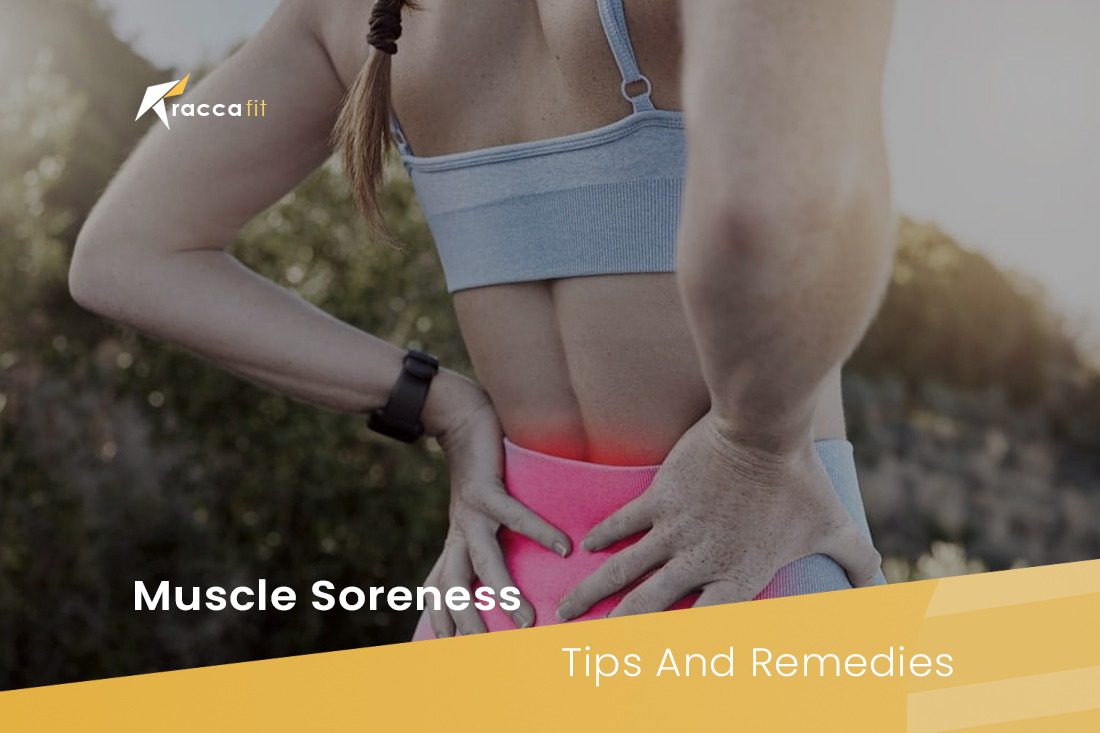






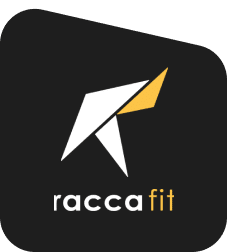

1 thought on “Muscle Soreness: Tips And Remedies”
Pingback: Hip Bursitis Exercises to Avoid (You MUST Avoid!)